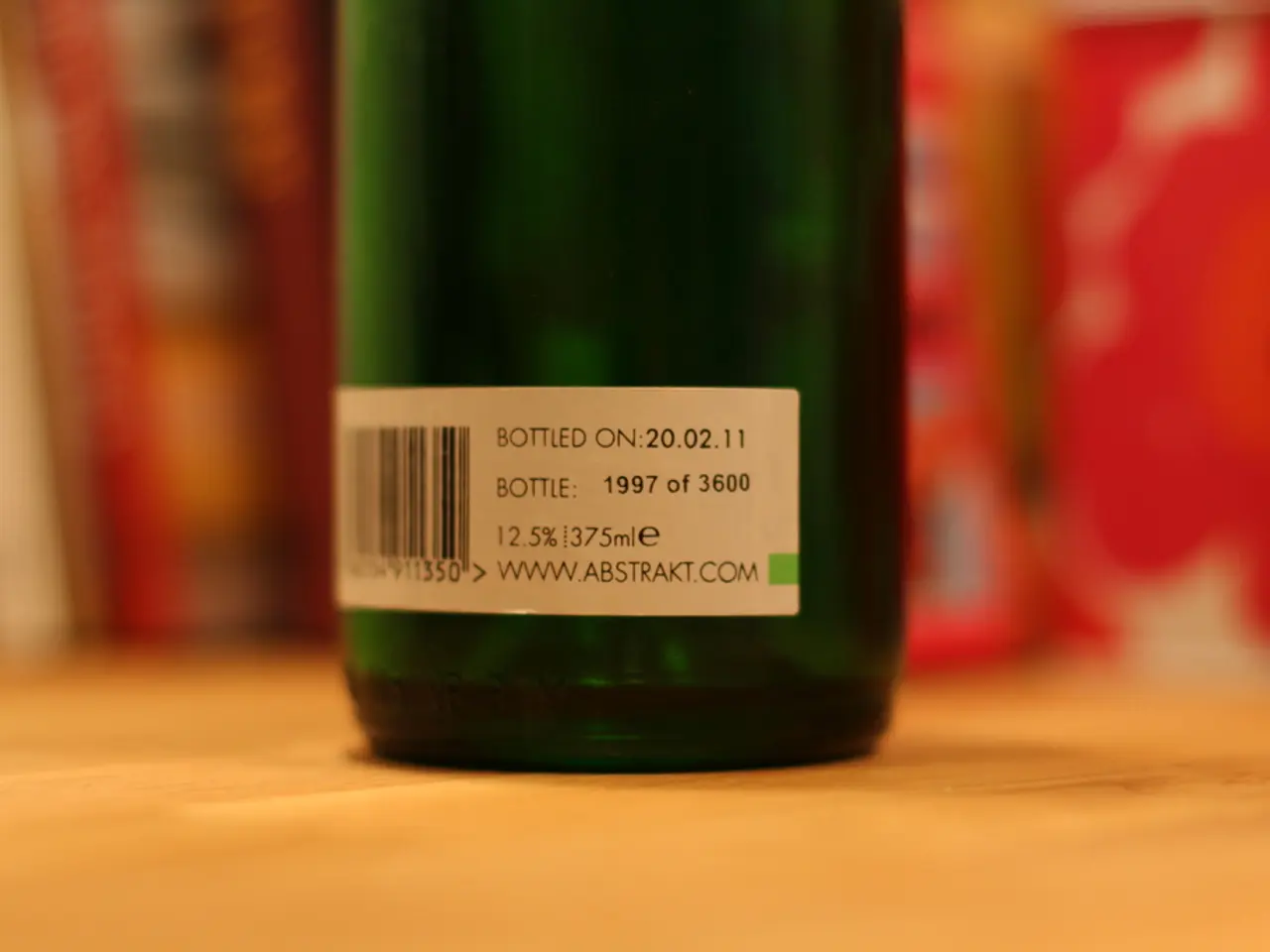Fatal Overdose
In the realm of chemical safety and toxicity, several key measures are employed to determine the potential harm of substances. These measures provide valuable insights into the safety of substances and help regulate their use.
One of the primary toxicity measures is the LD50 (Lethal Dose, 50%), which represents the dose of a substance that causes death in 50% of a test population through a specified route of exposure. This value is typically expressed in mg/kg body weight and is used to quantify acute toxicity.
Similarly, the LC50 (Lethal Concentration, 50%) is the concentration of a substance in air or water that causes death in 50% of exposed test subjects during a specified exposure period. This measure is commonly used for chemicals tested by inhalation or aquatic toxicity.
Another important measure is the LOEL (Lowest Observed Effect Level), which denotes the lowest dose or concentration at which there are statistically or biologically significant adverse effects observed in the test subjects compared to controls.
Conversely, the NOEL (No Observed Effect Level) represents the highest dose or concentration at which no statistically or biologically significant adverse effects are observed compared to controls.
The TDLo (Lowest Published Toxic Dose) is based on literature reports of the lowest toxic dose.
These endpoints are determined through toxicological testing, which may involve acute toxicity testing (single or short-term exposure to determine immediate effects), chronic toxicity testing (long-term exposure to study effects such as cancer or organ damage), and testing in vivo (whole animal studies), in vitro (cells/tissues), or increasingly via in silico (computer models).
Other risk assessment approaches incorporate toxicity data, exposure estimates, and subpopulation sensitivity to prioritise chemical safety evaluations, such as those used by FDA and EPA.
In summary, the standard toxicity endpoints form the quantitative basis for chemical safety evaluation and regulatory risk assessment. These measures, including the LD50, LC50, LOEL, NOEL, and TDLo, provide essential information about the potential harm of substances, enabling us to make informed decisions about their use and regulation.
[1] Source: Toxicological Testing and Risk Assessment Methods, Regulatory Affairs Professional Society (RAPS) [2] Source: Code of Federal Regulations, Title 21, Part 58 [4] Source: International Conference on Harmonisation of Technical Requirements for Registration of Pharmaceuticals for Human Use (ICH) M3(R2) Guideline on Genotoxicity: The Assay for Mutagenicity with Mammalian Cells
Note: This article provides a general overview of toxicity measures and their use in chemical safety evaluation. For specific details and applications, it is recommended to consult the original sources or seek advice from a toxicologist or regulatory expert.
Forensic toxicology, as a science, employs the LD50, LC50, LOEL, NOEL, and TDLo to understand the medical-conditions and health-and-wellness implications of various substances. These measures, obtained through toxicological testing, aid in evaluating chemical safety and regulating substance use, ensuring the promotion of health and wellness in various sectors.




